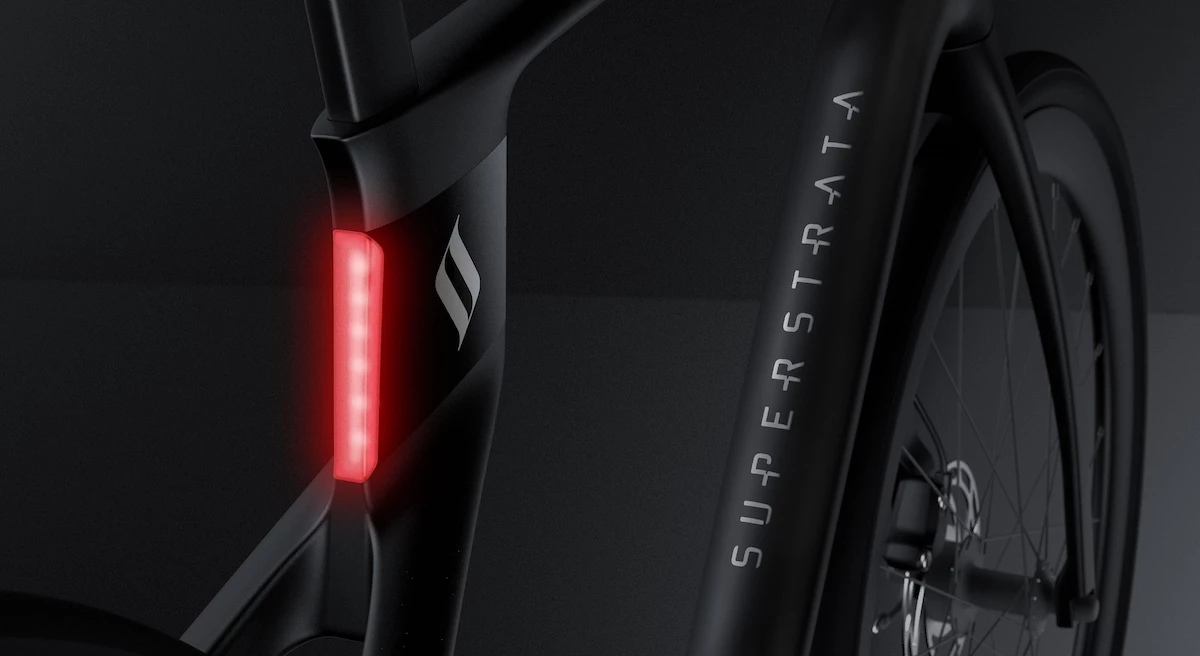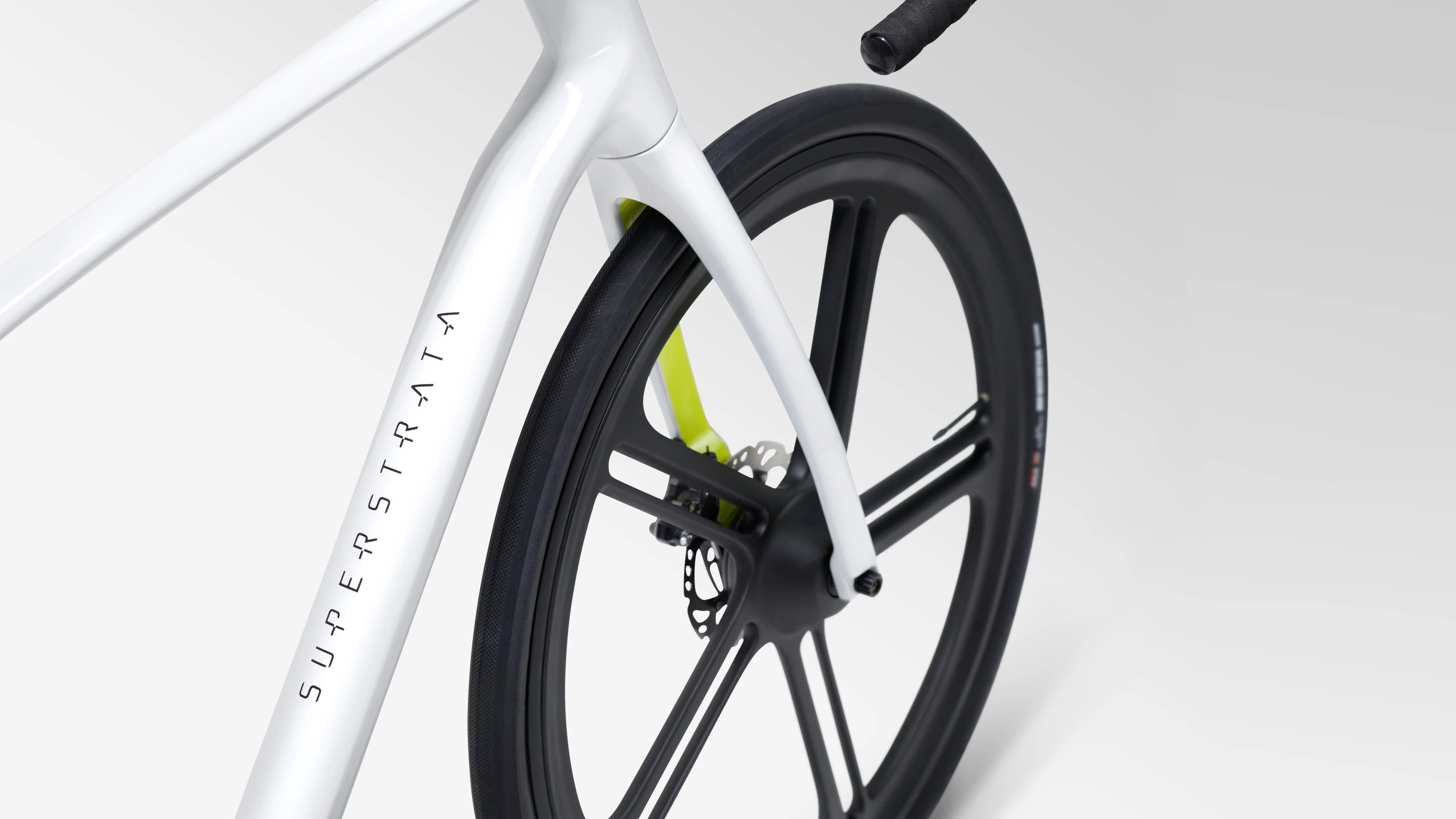Strength may indeed be one of the selling points of carbon fiber bicycles, but many riders still worry about breaking the things if they push them too hard. That's where the Superstrata bike comes in, as its frame is 3D printed from one continuous piece of carbon fiber.
With their smooth lines and lack of visible welds, most carbon fiber frames already do look as if they're made of a single uninterrupted piece of material. Typically, however, they consist of several molded sections that are epoxied, laser-welded or bolted together. According to Silicon Valley-based startup Arevo, these joints are potential points of structural weakness.
With that in mind, the company utilizes a proprietary 3D printing process to fabricate each frame all in one go. No molds or gluing bits together are required. It should also be noted that Arevo uses a continuous fiber printing process – most manufacturers more commonly utilize chopped fibers for 3D-printed carbon fiber products, which generally aren't as strong.
Additionally, because the robotic production process isn't based around molds made in a limited number of sizes, each frame is built to the exact measurements and riding style of each buyer. This likewise applies to the fork, which is printed separate from the rest of the frame, but utilizing the same technology.

"You can actually use this as your beater bike," Arevo CEO Sonny Vu tells us. "No one would [usually] use a carbon fiber bike as their beater bike. That's your nice one that you look at, you use it for a race, and then hope that it doesn't crack or something. And that's terrible."
Announced this Monday, the Superstrata will initially be available in two models – the purely human-powered Terra, and the Ion ebike. Although taking the form of flat-bar road bikes by default, the selection of different options can channel them more towards disciplines such as road racing, gravel riding or urban commuting.
The base version of the Terra features mechanical disc brakes, a 1 x 8-speed Shimano drivetrain, 700c alloy rims, and an integrated battery along with internal electrical wiring – the latter can be used to power third-party accessories, or an optional integrated lighting system. Full carbon wheels are another option. The whole bike, in its basic setup, is claimed to tip the scales at 7.5 kg (16.5 lb).
The Ion adds a built-in 36-V/125-Wh battery pack, a 250-W rear hub motor, a bottom bracket-located torque sensor, and a bar-mounted display unit/controller. One 2-hour charge should reportedly be good for a maximum motor-assisted range of 96 km (60 miles), at a top speed of 32 km/h (20 mph). Total bike weight sits at a stated 11 kg (24.2 lb).

Both models are the subject of an Indiegogo campaign, with early bird pricing starting at US$1,499 for the Terra (planned retail $2,777) and $1,999 for the Ion (retail $3,999). Assuming they reach production, shipping should begin in December.
You can see the Terra in action, in the following video.
Sources: Indiegogo, Superstrata





